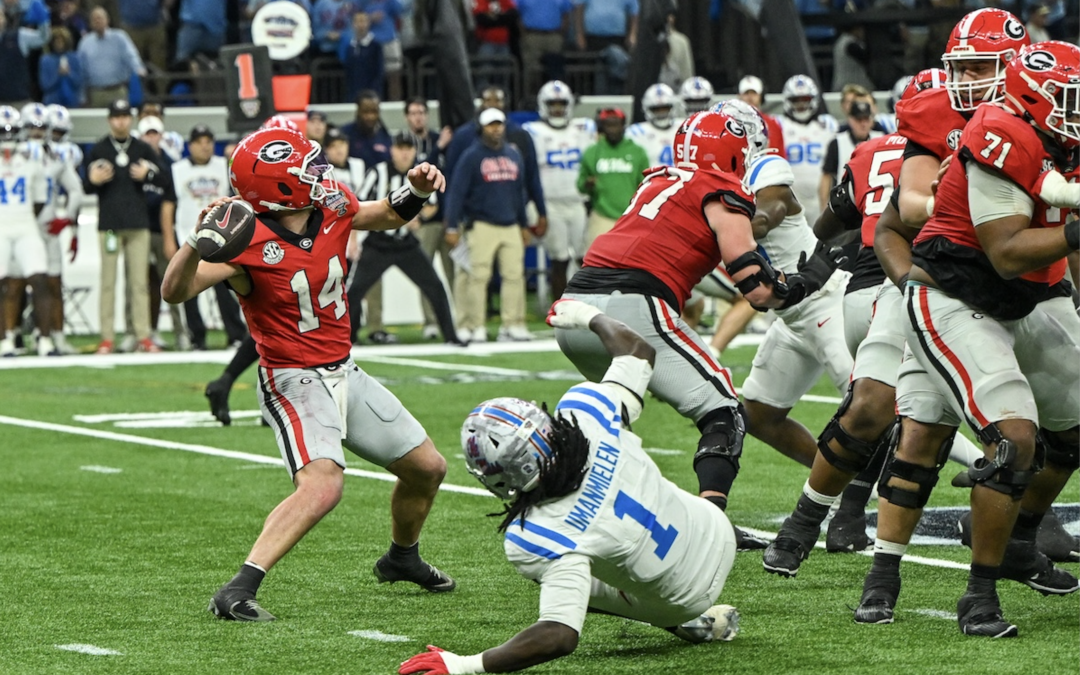While people are coming to understand that snakes are vital to the overall ecosystem, one venomous species found locally retains a bad reputation that is completely unearned and that is the “deadly” cottonmouth moccasin.
Yarns are spun about the moccasin chasing people down or entering boats and canoes just to bite people.
According to herpetologist and Augusta University faculty member, Donna Wear, the stories are all poppycock.
“I was on a study mission, and we were in a canoe, and a moccasin approached us, swam up, entered the canoe, went down in the well and slithered back up the other side into the water. That snake didn’t want to harm us; we were just in its way,” Wear said.
Wear says that people often confuse the moccasin with harmless water snakes, which despite lacking venom, can be territorial and aggressive.
Studies at the Savannah River Ecology Lab have found that moccasins rank at the bottom of the list of aggressive serpents. Researchers demonstrated they could literally stand inches away from the snake’s head and all that would happen would be that the snake “presented,” meaning they opened their wide mouths to show the cotton-like flesh inside as a defense mechanism.
The researchers found that even presenting was somewhat rare and usually the snake would just lie in place and wait for the researchers to leave.
“The only way a human is going to get bitten by one of these snakes is if they step on it accidentally or try to kill it,” Wear said.
According to UGA Richmond County Extension Agent Campbell Vaughn, people should be more concerned about copperheads, which do not need a body of water for them to thrive and commonly make their way into people’s gardens and flower beds.
“Copperheads blend in so well that many times people and their pets don’t realize they have encountered one until it is too late. A cottonmouth, on the hand, can be spotted easily in most instances,” Vaughn said.
While humans seem to have evolved to have a natural fear of snakes, Wear says that part of the fear that is irrational comes from the Bible, in her opinion.
“Of course, it goes back to the garden of Eden and the serpent tempting Eve. For people who believe Bible stories literally, they see serpents as a form of evil, it is deeply ingrained,” Wear said.
Wear points out that other cultures, such as the ancient Egyptians revered snakes.
“That’s why I love teaching herpetology and getting to study out in the field. The students get to see the moccasins at Phinizy Swamp and realize they are just laying there, minding their own business. They aren’t chasing anyone down,” Wear said.
While snakes in general are important to the ecosystem in controlling rodent populations, moccasins are also a “nexus” in the food web, Wear says.
According to Animal Diversity Web (ADW), only two to three individuals out of an entire clutch of eggs survive to adulthood because eggs and juveniles are the prey for racoons, egrets, hawks and, of course, alligators.
However, the ADW and Wear agree that, by far, the moccasin’s biggest predator is homo sapiens.
Scott Hudson is the Senior Investigative Reporter and Editorial Page Editor for The Augusta Press. Reach him at scott@theaugustapress.com










